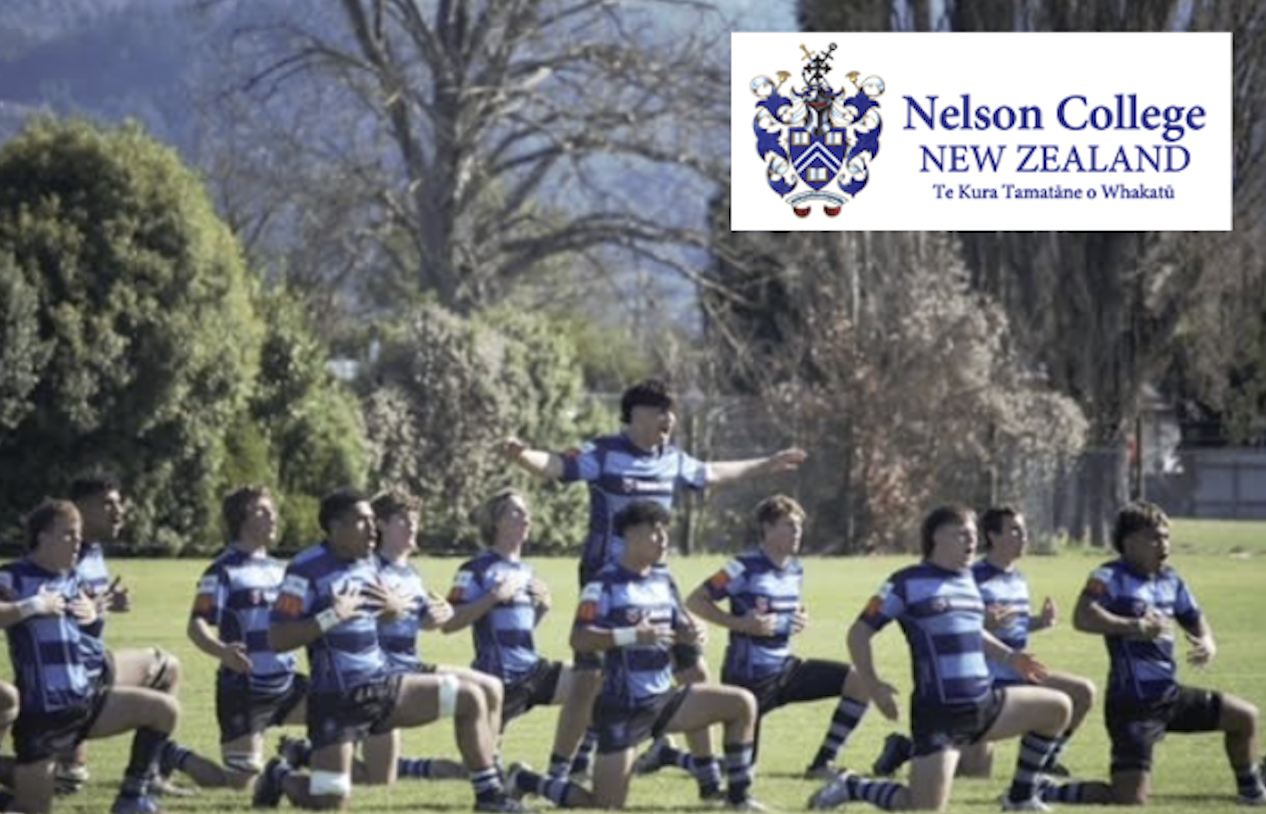2006 Online High School Rugby Injury Study Completed
San Diego, CA (September 25, 2006) – The 2006 online high school injury study, funded once again by the United States Rugby Foundation, has been completed and the final report is now available to the public. The study, called Rugby RIO™ (Reporting Information Online) High School: Internet-Based Surveillance of Injuries Sustained by US High School Rugby Players, reports data submitted from high school rugby teams from throughout the United States.The 2006 Rugby RIO™ study was headed up by Dr. Dawn Comstock, Assistant Professor at The Ohio State University, College of Medicine and at the Columbus Children’s Research Institute’s Center for Injury Research and Policy, and the originator of the first of its kind 2005 study. Among this year’s findings the study showed that the injury rate decreased in 2006 compared to 2005.“The injury rate among US high school rugby players in 2006 was significantly lower than the injury rate in this population in 2005. We hope this decrease is due to injury prevention efforts. However, to confirm this, ongoing injury surveillance is needed to monitor trends over time. While we were happy to see the overall injury rate in high school rugby decreased, several of the more concerning results recurred. For example, as we found in 2005, in 2006 one out of five injuries sustained by US high school rugby players were injuries to the head, many of which were concussions.”The study also showed that the US injury rate in boys’ high school rugby was similar to the injury rate in football and higher than the injury rate in boys’ wrestling, soccer, and basketball while the injury rate in girls’ rugby was similar to the injury rate in girls’ soccer and basketball.Dr. Comstock also expressed her concern for injuries that were a result of foul play and injuries to inexperienced players.“As we found in 2005, in 2006 5% of all competition related injuries were directly related to action that was ruled illegal activity/foul play by a referee or disciplinary committee. This finding is distressing because foul play is such a preventable injury risk factor. New results also included the finding that nearly half of all injured US high school rugby players were in their first year of play indicating that players new to the sport, and likely less skilled in rugby techniques, are at highest risk of injury. This finding highlights the importance of good coaching as teaching new players sound fundamental skills should have a protective effect.”Brian Vizard, Executive Director of the United States Rugby Foundation, stressed the importance of the study.“Continuing to explore ways in which to reduce injuries at the youth and high school level is a major focus of the Foundation. The Rugby RIO™ study continues to gather important information in this area and hopefully the recommendations made as a result of the study will be implemented. Dr. Comstock and her team did another outstanding job in conducting this valuable study.”Dr. Comstock said that continued research is vital.“By continuing to use the Rugby RIO™ injury surveillance project to identify sports-related injury trends, coaches, referees, administrators, parents, and researchers can all work together to find ways to reduce future risk so our kids can play rugby safely.”The USRF is a non-profit 501 (c) 3 organization established in 1963. Although its main focus is supporting youth and high school rugby, the Foundation also provides grants to coaches and referees; establishes international student exchanges and college scholarships, has assisted the United States Collegiate All-Americans and Boys Under-19 teams, and also provides grants to Safety and Risk Management Research.For more information about the Foundation, go to its website at: www.usrugbyfoundation.org.Study highlights and recommendations for injury prevention:Rugby RIO™ 2006 was one of two high school sports injury studies conducted by researchers at The Ohio State University and Columbus Children’s Hospital Center for Injury Research and Policy. Because these two studies used identical definitions of injury and athletic exposure, researchers were for the first time able to directly compare injury rates in high school rugby to injury rates in other high school sports. They found that in the US during the 2005-2006 school year boys’ high school rugby had a very similar injury rate compared to football and a higher injury rate than boys’ wrestling, soccer, basketball, and baseball. US girls’ high school rugby had a similar injury rate compared to girls’ soccer and basketball and a higher injury rate than girls’ volleyball and softball.The injury rate among US high school players in 2006 (4.5 injuries per 1,000 player-exposures) was significantly lower than the injury rate in 2005 (6.6 injuries per 1,000 players). While this may be due to injury prevention efforts, it may simply reflect annual variation in injury rates. Ongoing injury surveillance is needed to monitor trends over time. By identifying sports-related injury trends coaches, referees, administrators, parents, and researchers can all work together to find ways to reduce future risk so our kids can play rugby safely.For the second year, over half of all injuries sustained by US high school rugby players occurred while the athlete was tackling or being tackled. While tackling is an integral part of this full contact sport, this is an area where targeted efforts could significantly reduce injury rates. Prevention efforts should include providing high school coaches with materials designed to help them teach young players proper tackling techniques.For the second year, one out of five injuries sustained by US high school rugby players were injuries to the head, many of which were concussions. We strongly encourage all high school rugby teams to obtain a free copy of “Heads Up: Concussion in High School Sports,” from the Centers for Disease Control and Prevention, National Center for Injury Prevention and Control. This educational packet is available and addresses prevention, diagnosis, and management of concussion in high school sports.For the second year, over a quarter of all injuries sustained by US high school rugby players were severe enough to keep the athlete out of play for more than three weeks and surgery was required to treat 10% of all injuries. Injuries of this severity require special attention since they may not only result in the player ceasing to play rugby but may also hinder future participation in other physical activities.For the second year, 5% of all competition-related injuries sustained by US high school rugby players were directly related to action that was ruled illegal activity/foul play by a referee or disciplinary committee. Over half of the injuries resulting from illegal activity/foul play resulted in the player missing more than three weeks of play and injuries resulting from illegal activity were more likely to be concussions than other injuries. Coaches, players, parents, and referees must work together to eliminate this unnecessary risk factor.For the second year, more than 85% of the injuries sustained by US high school rugby players were new injuries as opposed to complications or recurrences of prior injuries. Preventing these initial injuries is important, not only to keep young athletes healthy and active, but also because history of an injury is often a risk factor for future injury.Nearly half of all injured US high school rugby players were in their first year of play indicating that players new to the sport, and likely less skilled in rugby techniques, are at higher risk of injury. A comprehensive online site similar to the Rugby Smart website developed by the New Zealand Rugby Union could be used to provide coaches, players, parents, and referees with easy access to materials for optimum training, coaching, refereeing, injury prevention, and injury management.




